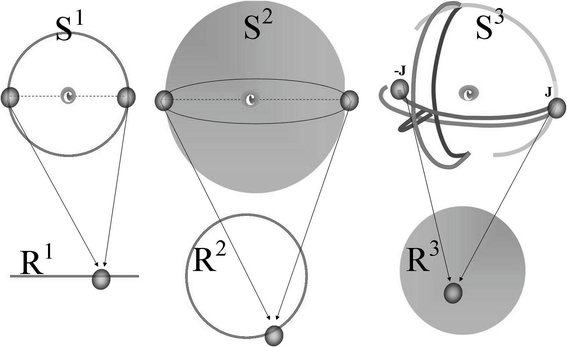The Borsuk-Ulam Theorem states that for any continuous function mapping an -dimensional sphere to , there exists a pair of antipodal points on the sphere that map to the same point in .
In plain english, in any dimensional sphere, there are always two opposite points that share the same property when mapped to a lower dimension.
THe most common example is the 2D sphere (the surface of the Earth). According to the Borsuk-Ulam Theorem, there are always two opposite points on the Earth’s surface that have the same temperature and pressure.
Another common one is The Stolen Necklace Problem, a discrete and seemingly unrelated problem regarding dividing a necklace with beads of different colors into two equal parts. The Borsuk-Ulam theorem can be used to prove that it is always possible to make such a division.

How We Know This
I don’t want to get into the actual proof of the theorem, but I want discuss how we know this is true.
Say there is a continuous function that does not have any Antipodal points that map to the same point in . This means that for every point on the sphere, .
Now, we can define a new function that maps each point on the sphere to a point on the -dimensional sphere. This function is defined as follows:
At this point, we have a function that maps an -dimensional sphere to an -dimensional sphere. This is a contradiction, because it is known that there is no continuous function that can map an -dimensional sphere to an -dimensional sphere without identifying some points.